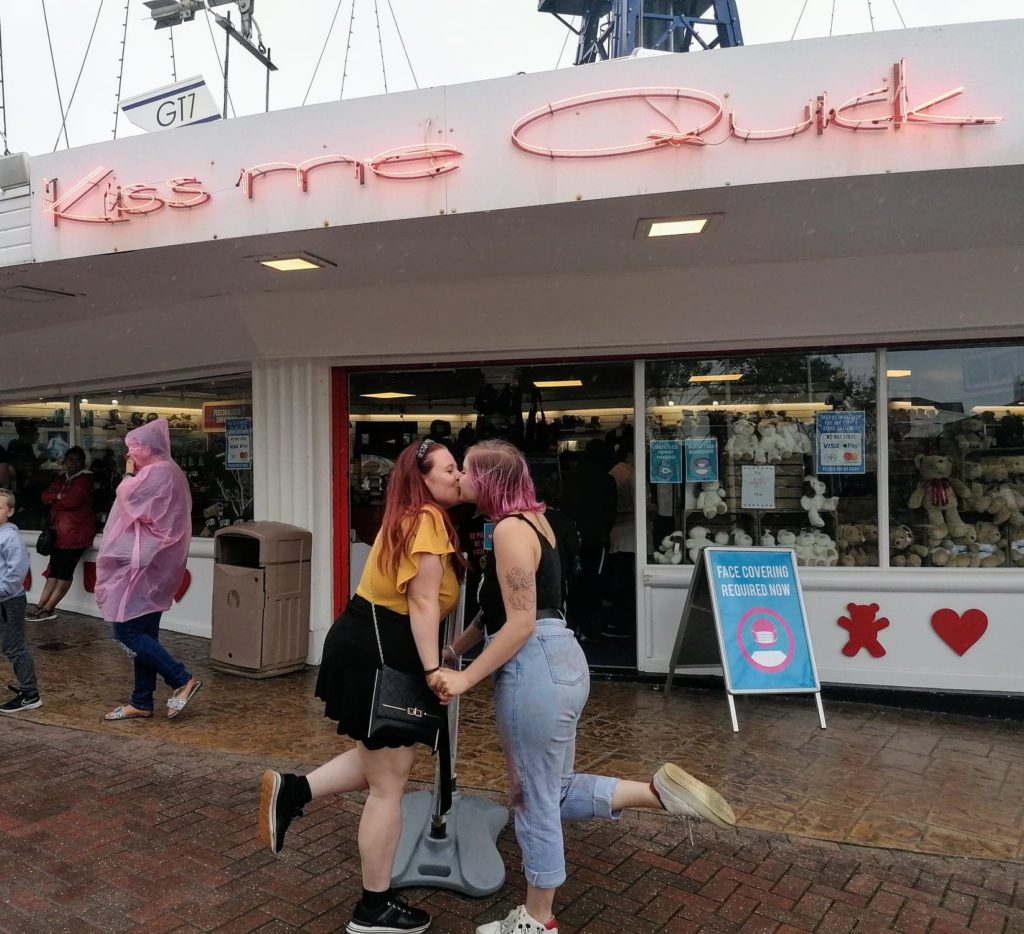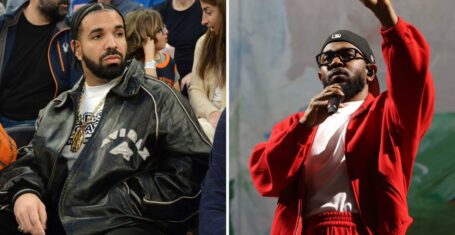
Here’s an A-Z of all the LGBTQ+ words and phrases you need to know
Educate yourself for LGBTQ+ History Month
It’s February, so LGBTQ+ History Month has rolled around once more. In a time when many vulnerable queer young people are trapped in abusive homes or isolated from their community, it’s vital for straight allies to offer their support – and no we don’t just mean the Tory party posting a neat graphic on Twitter.
But it’s also a time to celebrate everything that queer people have created, including a wealth of words you’ve probably heard but have always been too nervous to ask about.
This handy list of LGBTQ+ terminology is your starting point to familiarise yourself with the community and learn more about what queer people have brought to the world. After you’ve read up on all the less common LGBTQ+ terms, make sure to educate people on the correct definitions and phrases – change starts with you.
Here’s a glossary of all the LGBT+ words and phrases you need to know:
Ace/asexual
The lack of sexual attraction to others. The sub-identities under the ace umbrella, include graysexual (little sexual attraction), aromantic (no romantic attraction), and demisexual (sexual attraction after a strong emotional bond).
AFAB/AMAB
Assigned Female/Male At Birth, referring mostly to intersex people born with ambiguous genitals. It has also been used by trans and non-binary people.
Ally
A cis, straight person who supports the LGBTQ+ community and acknowledges their struggles.

Bi/bisexual
Attraction to one’s own gender and another gender.
Bury your gays
The nickname given to the trope that kills off queer characters on TV and films, seen in all your favourites: Supernatural, The 100, Agents of S.H.I.E.L.D., Buffy the Vampire Slayer, Coronation Street, Degrassi, Doctor Who, Emmerdale, Killing Eve, Lost, The Vampire Diaries, and so many more.
Cis/cisgender
Someone whose gender identity is the same as the sex they were assigned at birth. For example, a cis woman is a person who was born female and identifies as a woman.

Deadnaming
Calling someone, usually trans or non-binary, by their birth name instead of their chosen name. Laverne Cox has called it “the ultimate insult.”
Drag queens/kings
A drag queen is someone who performs femininity, often comedic or a pageant, usually for entertainment. A drag king performs masculinity.
Enby/non-binary
An umbrella term for people who don’t identify as just female or male.
This includes agender (no gender identity), bigender (two gender identities), demigender (a partial connection to a certain gender), graygender (strong ambivalence about their gender identity and expression), polygender (several gender identities), third gender (a gender identity that doesn’t fit into the Western concept of binary).
FTM/MTF
Standing for Female to Male/Male to Female, this refers to a person transitioning from one gender to another. This is mostly a medical term.
Gay/homosexual
Someone who is attracted to the same sex. Gay is often used as an umbrella term, similar to queer, but is also used to refer specifically to men who are attracted to men.
Gender dysphoria
Discomfort and distress felt by people whose gender identity differs from their birth sex. It’s often caused by sex-related physical features, such as breasts, genitals, and facial hair.
Gender identity and expression
Gender identity is the description of one’s gender: It’s internal. This could be man, woman, neither, both or something else.
Gender expression is the outward behaviour and appearance associated with gender: It’s external. If someone wears a dress or binds their chest or shaves their head or wears makeup, they are expressing gender.

Gender fluid
Someone who does not have a fixed gender. Their gender identity may change from day to day.
Gender nonconforming/GNC
A person whose gender expression does not conform to society’s expectations of what is typical for their gender.
Heteroflexible
Someone who identifies as straight but may have occasional homosexual activity. This is not bisexuality because a straight person doesn’t experience same-sex attraction.
Heteronormativity
A world view that promotes straight as the default sexuality.
Intersectionality
The overlap between demographics (race, class, gender, sexual orientation), that combine to create different modes of discrimination and privilege.
Lesbian
A woman who is attracted to other women.
MLM
Men-Loving-Men: An umbrella term for gay, bisexual and pansexual men.

Orientation
The tendency to feel attraction towards certain genders. Orientation is expressed in two parts: Homo-/hetero-/bi- refers to the gender you’re attracted to, and -sexual/-romantic refers to the type of attraction.
Pan/pansexual
Attraction to all genders.
Passing
When someone, typically a transgender person, is perceived as the gender they identify as and not as a trans person.
Polyamory
The consensual practice of intimate relationships with multiple partners. All parties may be involved with each other or only with a specific person.
Pronouns
A way of describing a person. She/her and he/him denote feminine and masculine. They/them, xe/xem and ze/zem are gender neutral. Some people who identity with more than one gender may use combined pronouns (she/them, she/he, etc).
Allies should include their preferred pronouns on social media and email signatures to normalise non-binary people using them.
Queer
Originally a derogatory term, queer has been reclaimed and is now used by LGBTQ+ people as an umbrella term for any sexuality or gender which is not straight or cis.

Questioning
Someone who is unsure of their sexuality or gender and is exploring preferred labels. If a person goes between labels, comes out and then changes their mind, or experiments safely, this is natural and should be supported.
TERF
Trans-Exclusionary Radical Feminist, a minority group of anti-trans people who don’t believe trans women are women. This is transphobic and has no involvement with feminism.
Trans*/trans+
An umbrella term for people whose gender identity is not the same as their assigned sex. Avoid the outdated phrases: transvestite and transsexual.
Transitioning
The process of changing how you look to represent gender identity. It can involve changing pronouns/name, changing wardrobe, binding/padding the chest, packing/tucking the penis.
Medical procedures can change physical appearance to resemble gender identity. There are hormones (treatments of testosterone/T or oestrogen), top surgery (on the chest) and bottom surgery (on the genitals). Many may never undergo surgery; there is no right way to transition.
WLW
WLW (Women-Loving-Women: An umbrella term for lesbians, bisexual and pansexual women.
—
The Tab’s Pride reporting series is putting a focus on highlighting LGBTQ+ issues and celebrating queer voices across UK campuses.
If you or someone you know has been affected by this story you can contact Switchboard, the LGBTQ+ helpline, on 0300 330 0630 or visit their website. You can also find help through The Mix.
If you’ve got a story you’d like to tell us – whether it’s an incident of homophobia on campus, an experience you’d like to share, or anything you think we should hear, get in touch in confidence by emailing [email protected]
Read more from The Tab’s Pride series:
• Uni’s a place for LGBTQ+ students to thrive, but this year many haven’t had the chance
• ‘They tried to pray the gay away’: Growing up gay in a deeply religious household
• Here are 12 films, docs and series you need to watch to learn more about LGBTQ+ history





















